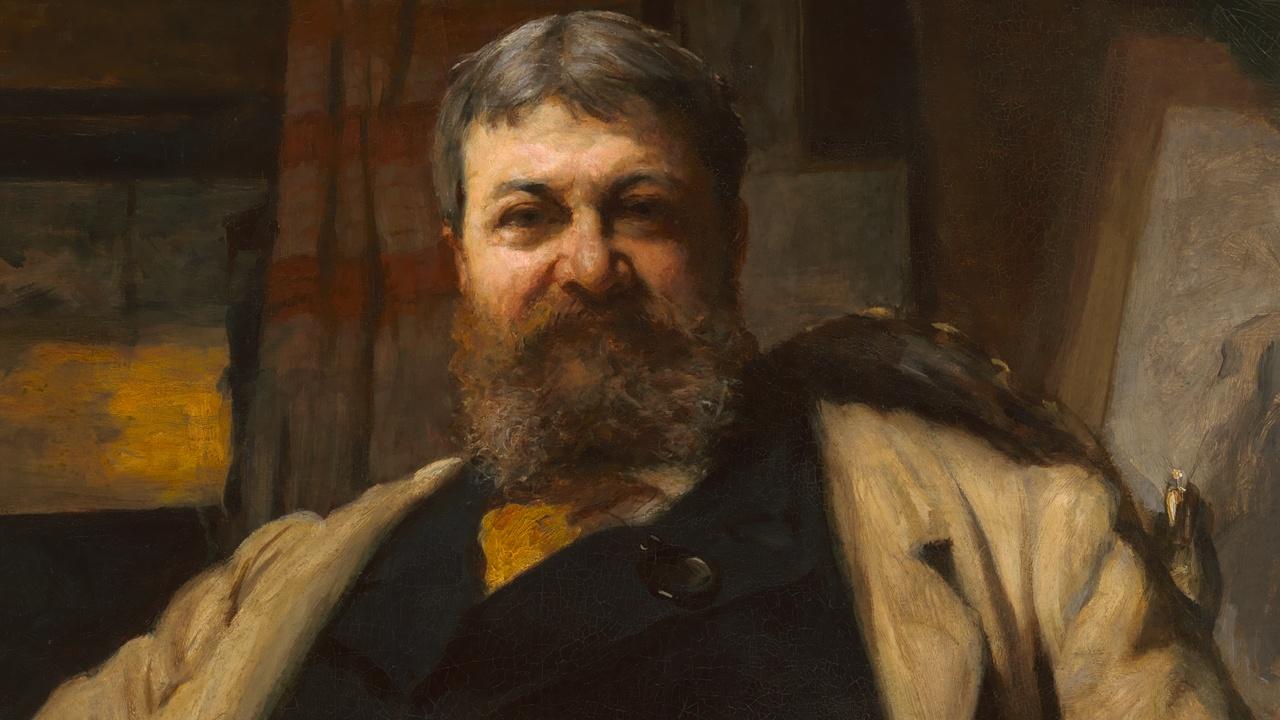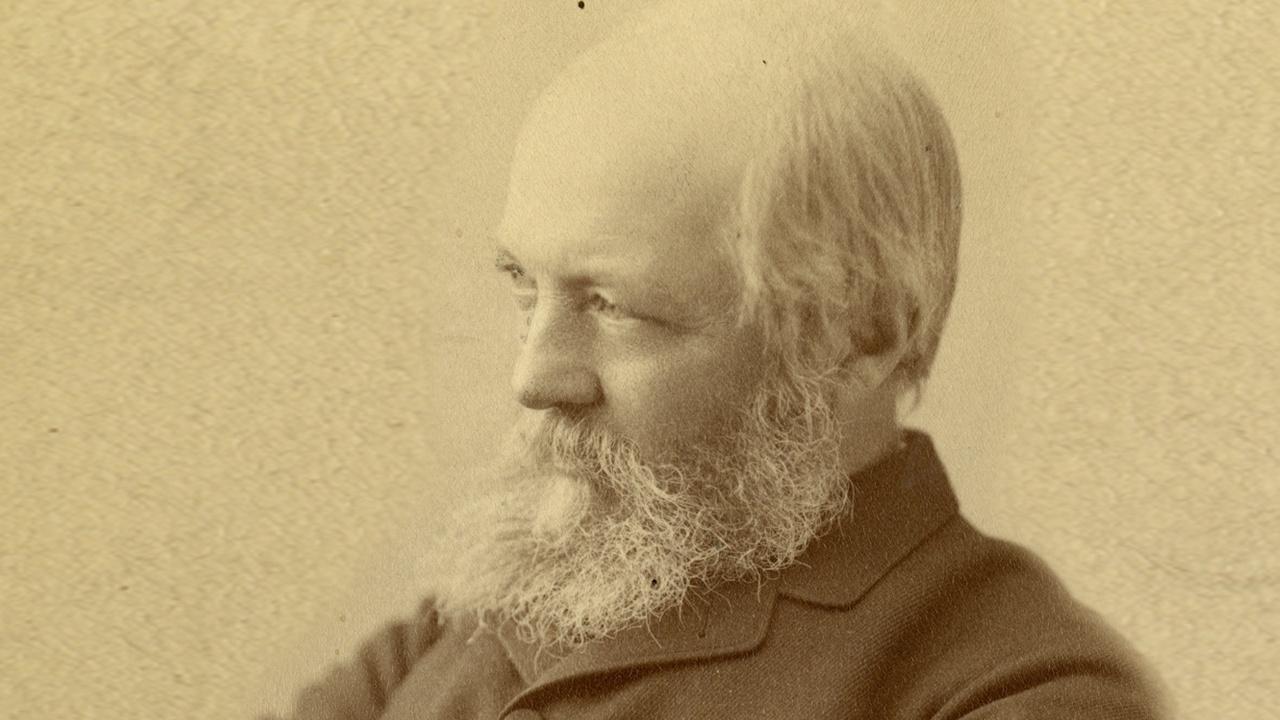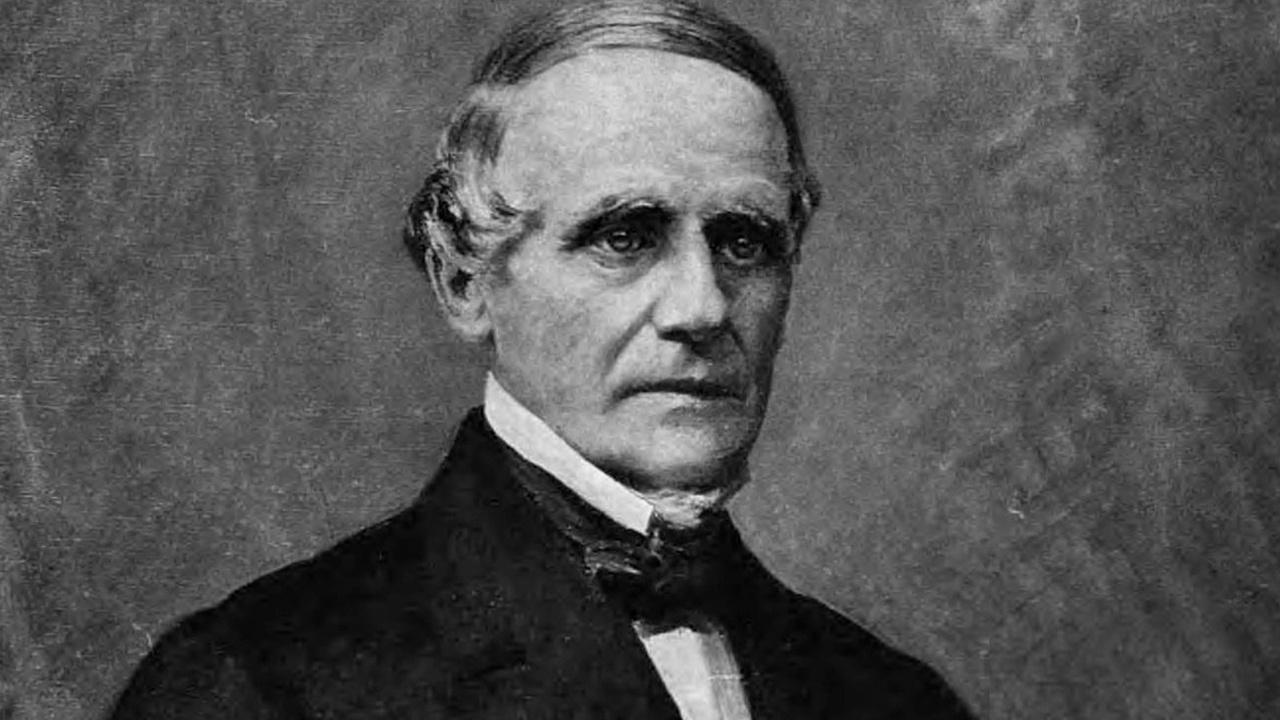
It’s Revolutionary!
Grades 7 & 8
1 Class Period
In this lesson students will understand how a revolutionary relates to people and society, and work as a group to create their own revolutionary concept to bring about important change.
Program Segment
Program Segment for LEsson PlanReimagining a Buffalo Landmark - Evolution of Treatment
4:24
Published:
Discover Dr. Thomas Story Kirkbride’s contribution to the Richardson Olmsted Campus.
Objectives
Students will be able to:
- Define what revolutionary is and how that relates to people and society.
- Develop a revolutionary concept, as a group.
Instructional Resources
- Reimagining a Buffalo Landmark videos or DVD
- Chalkboard, Smartboard, or poster to write “Revolutionary” and description on
- Paper and pens
Procedures
- Prior to the lesson, the teacher will write the word “revolutionary” and its definition somewhere in the classroom where all students can see. Merriam-Webster defines revolutionary as: being or bringing about a big or important change.
- The teacher should prompt the students to think of historical revolutionaries. Some examples to share might be:
- Rosa Parks – civil rights
- Martin Luther King Jr. – civil rights
- Bill Gates – computers/technology
- Charles Darwin – theory of evolution
- Albert Einstein – theory of relativity
- Jonas Salk – polio vaccine
- Marie Curie – pioneering research on radioactivity
- Students will watch the Reimagining a Buffalo Landmark video segment and take notes on how Richardson, Olmsted, and Kirkbride could all be considered revolutionaries.
- After watching the video segment, the teacher should lead a discussion about how Richardson, Olmsted, and Kirkbride all worked together to help people with mental illness. Their “revolutionary” ideas were combined to create a mental health facility that would provide people with everything they needed for successful, moral treatment.
- The teacher will then have the students work in groups of 3 (or more if the class is larger) to create a solution, invention, or facility that would help a group of people.
- The students will write an essay that explains the population that they are proposing to help, what their concept is that will help them, and in what ways would it bring about “big or important change.”

Henry Hobson Richardson

Frederick Law Olmsted

Thomas Story Kirkbride
Adaptations (grades 9-12)
- Students could select one of the revolutionaries discussed in class (including Richardson, Olmsted, and Kirkbride) and do a research paper on them and their contributions to society.
Assessment Task
- Students will complete an essay with their groups outlining their revolutionary concepts.
Extension Activities (optional)
- Students could include a drawing or model of their revolutionary concept.
New York State Learning Standards
Learning Standards for Social Studies - Intermediate
Standard 1—History of the United States and New York – 3, 4
Standard 2—World History – 1, 2, 3
Common Core Learning Standards for English Language Arts & Literacy
Writing Standards 7 & 8 – 2, 5
Speaking and Listening Standards 7 & 8 – 1, 4
Language Standards 7 & 8 – 1, 2, 3, 6

Reimagining a Buffalo Landmark is funded by the Peter C. Cornell Trust, The Zemsky Family and the Members of Buffalo Toronto Public Media.